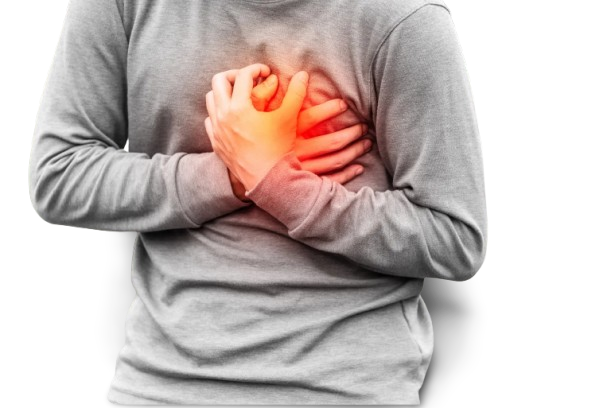Deep vein thrombosis occurs when a blood clot forms in the veins that are deep in your body, often in your legs. Blood clots can be caused by anything that prevents your blood from circulating normally or clotting properly.
Deep vein thrombosis (DVT) and acute pulmonary embolism (PE) are two manifestations of the same disorder, venous thromboembolism (VTE). DVT of the lower extremity is subdivided into two categories:
* Distal (calf) vein thrombosis, in which thrombus remain confined to the deep calf veins
* Proximal vein thrombosis, in which thrombosis involves the popliteal, femoral, or iliac veins
Risk factors for DVT
● History of immobilization or prolonged hospitalization / bed rest.
In hospital:
- you are having an operation that takes longer than 90 minutes, or 60 minutes if the operation is on your leg, hip or abdomen.
- you are having an operation for an inflammatory or abdominal condition, such as appendicitis
- you are confined to a bed, unable to walk, or spending a large part of the day in a bed or chair for at least three days.
- A personal or family history of deep vein thrombosis or pulmonary embolism (PE). If you or someone in your family has had DVT or PE before, you're more likely to develop DVT.
● Recent surgery
● Obesity
Being overweight increases the pressure in the veins in your pelvis and legs.
● Prior episode (s) of venous thromboembolism
● Lower extremity trauma
● Malignancy
● Use of oral contraceptives or hormone replacement therapy
● Pregnancy or postpartum status
Pregnancy increases the pressure in the veins in your pelvis and legs. Women with an inherited clotting disorder are especially at risk. The risk of blood clots from pregnancy can continue for up to six weeks after you have your baby.
● Stroke
● Smoking; affects blood clotting and circulation, which can increase your risk of DVT
● Age. Being over age 60 increases your risk of DVT, though it can occur at any age.
According (UpToDate site, 2016); Risk factors (causes) for the development of venous thrombosis:
Inherited thrombophilia:
Factor V Leiden mutation
Prothrombin gene mutation
Protein S deficiency
Protein C deficiency
Antithrombin (TAT) deficiency
Rare disorders
Dysfibrinogenemia
Acquired disorders:
Malignancy
Presence of a central venous catheter
Surgery, especially orthopedic
Trauma
Pregnancy
Oral contraceptives
Hormone replacement therapy
Tamoxifen, Thalidomide, Lenalidomide
Immobilization
Congestive failure
Antiphospholipid antibody syndrome
Myeloproliferative disorders
Polycythemia vera
Essential thrombocythemia
Paroxysmal nocturnal hemoglobinuria
Inflammatory bowel disease
Nephrotic syndrome
According (CDC site, 2015); Following is a list of factors that increase the risk of developing DVT
● Injury to a vein, often caused by:
Fractures,
Severe muscle injury, or
Major surgery (particularly involving the abdomen, pelvis, hip, or legs).
● Slow blood flow, often caused by:
Confinement to bed
(eg, due to a medical condition or after surgery);
Limited movement (eg, a cast on a leg to help heal an injured bone);
Sitting for a long time, especially with crossed legs; or
Paralysis.
● Increased estrogen, often caused by:
Birth control pills
Hormone replacement therapy, sometimes used after menopause
Pregnancy, for up to 6 weeks after giving birth
● Certain chronic medical illnesses, such as:
Heart disease
Lung disease
Cancer and its treatment
Inflammatory bowel disease (Crohn's disease or ulcerative colitis)
● Other factors that increase the risk of DVT include:
Previous DVT or PE
Family history of DVT or PE
Age (risk increases as age increases)
Obesity
A catheter located in a central vein
Inherited clotting disorders
References:
- http://www.uptodate.com/contents/approach-to-the-diagnosis-and-therapy-of-lower-extremity-deep-vein-thrombosis?source=search_result&search=dvt&selectedTitle=1~150
- http://www.nhs.uk/Conditions/Deep-vein-thrombosis/Pages/Causes.aspx
- http://www.mayoclinic.org/diseases-conditions/deep-vein-thrombosis/basics/causes/con-20031922
- http://www.cdc.gov/ncbddd/dvt/facts.html
- http://www.parkhurstexchange.com/clinical-reviews/apr11/deep-vein-thrombosis-in-the-elderly










































